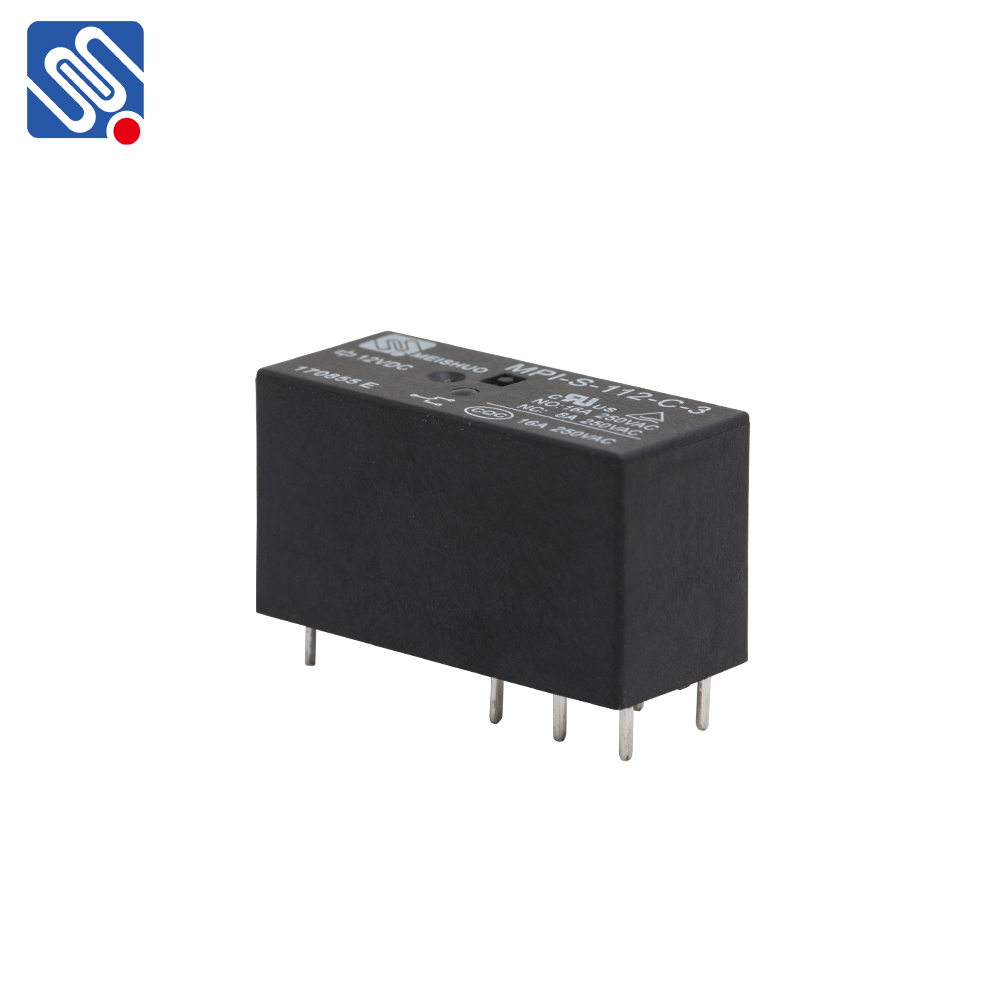Relay solutions have become a cornerstone of modern automation, providing an essential link between various electrical devices and systems. A relay, in simple terms, is an electrically operated switch that controls the flow of electricity through a circuit. By responding to a small electrical input, a relay can activate or deactivate a much larger electrical output. These solutions are found in diverse sectors, including industrial automation, energy management, and even consumer electronics. As industries evolve and technology advances, relay solutions continue to play a critical role in driving efficiency, safety, and reliability across various applications.

The Basics of Relay Solutions At its core, a relay is a mechanism that uses an electromagnet to control the opening or closing of a set of electrical contacts. When an electrical current passes through the relay’s coil, it generates a magnetic field that causes the contacts to either make or break a connection in the circuit. This simple mechanism allows a low-power input to control high-power outputs, making it ideal for switching large electrical devices like motors, lights, and industrial equipment. Relay solutions are categorized based on their specific design, applications, and types of control they offer. The most common types include electromechanical relays, solid-state relays, and thermal relays. Each type offers unique benefits suited to different environments and use cases, from industrial machinery to home automation.